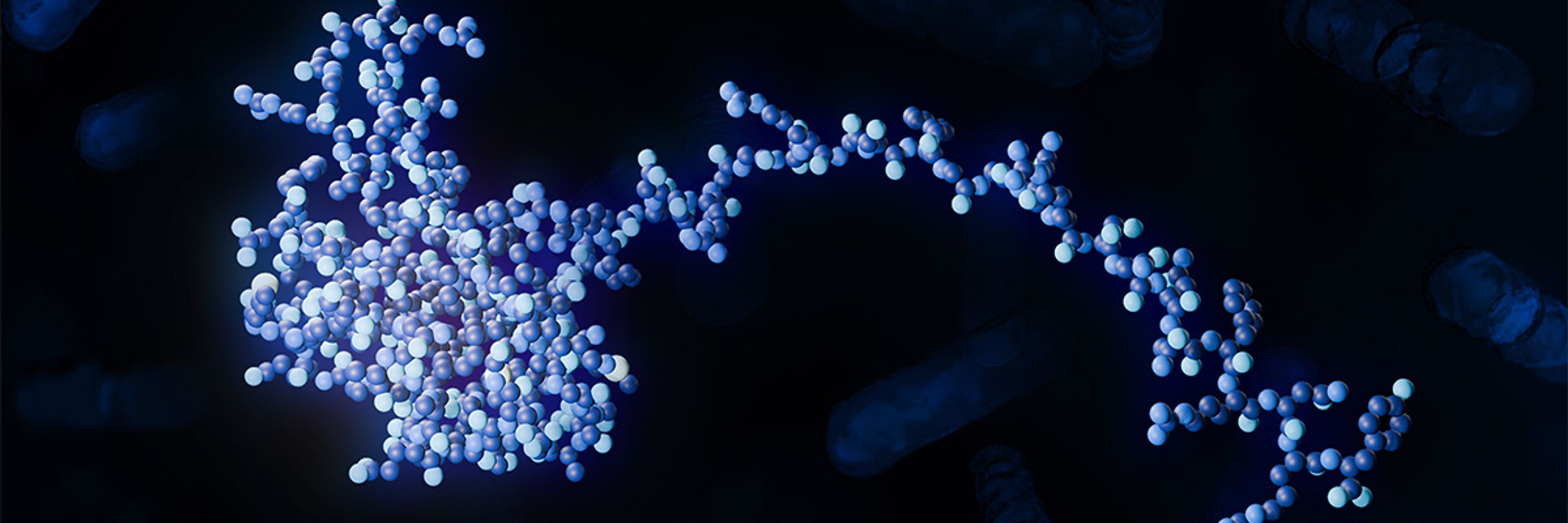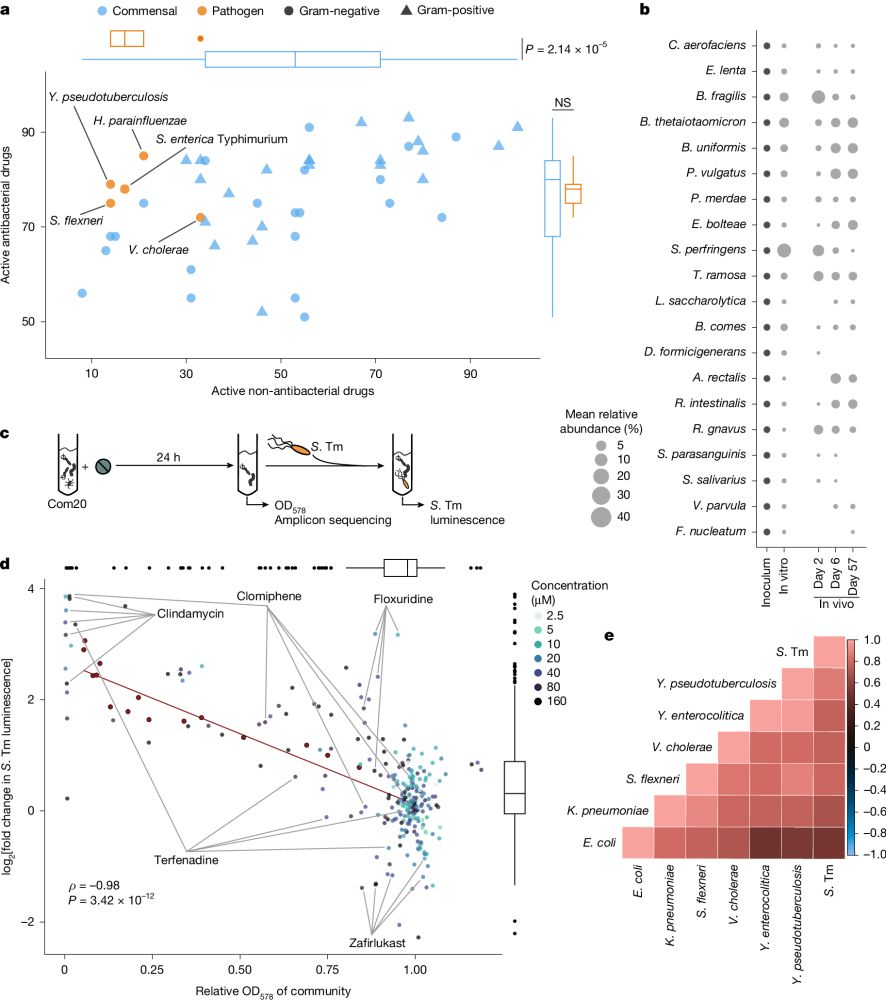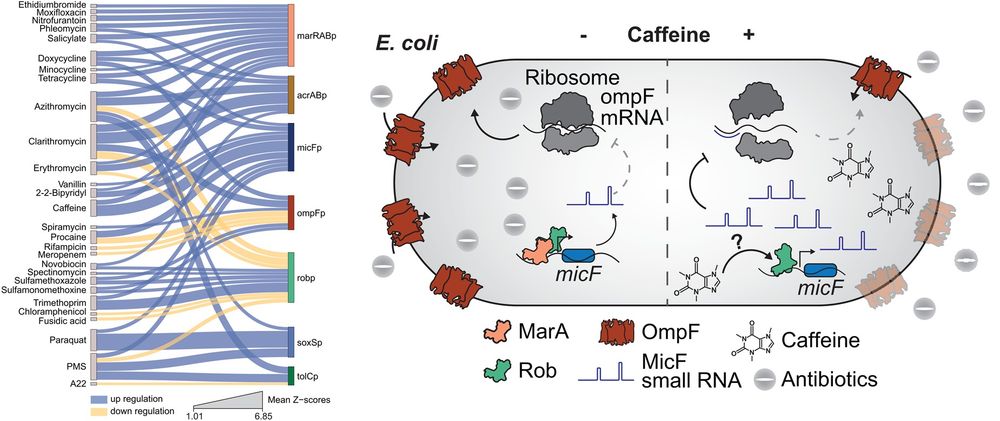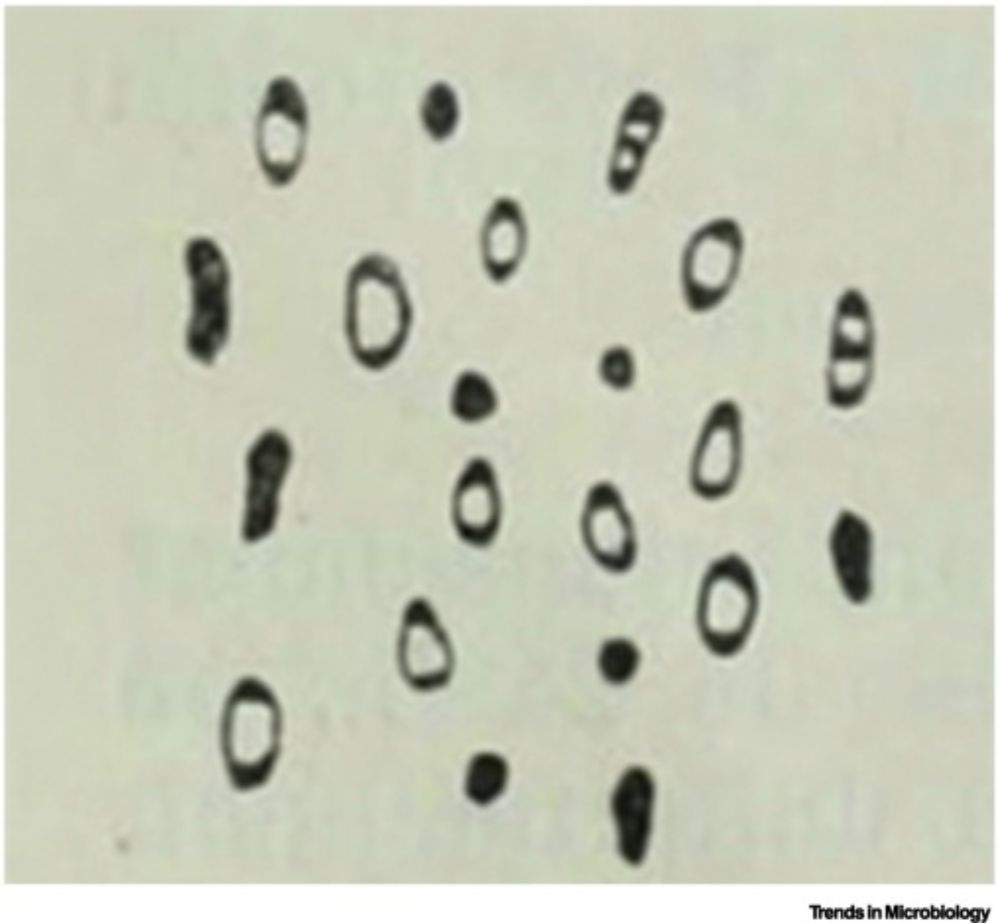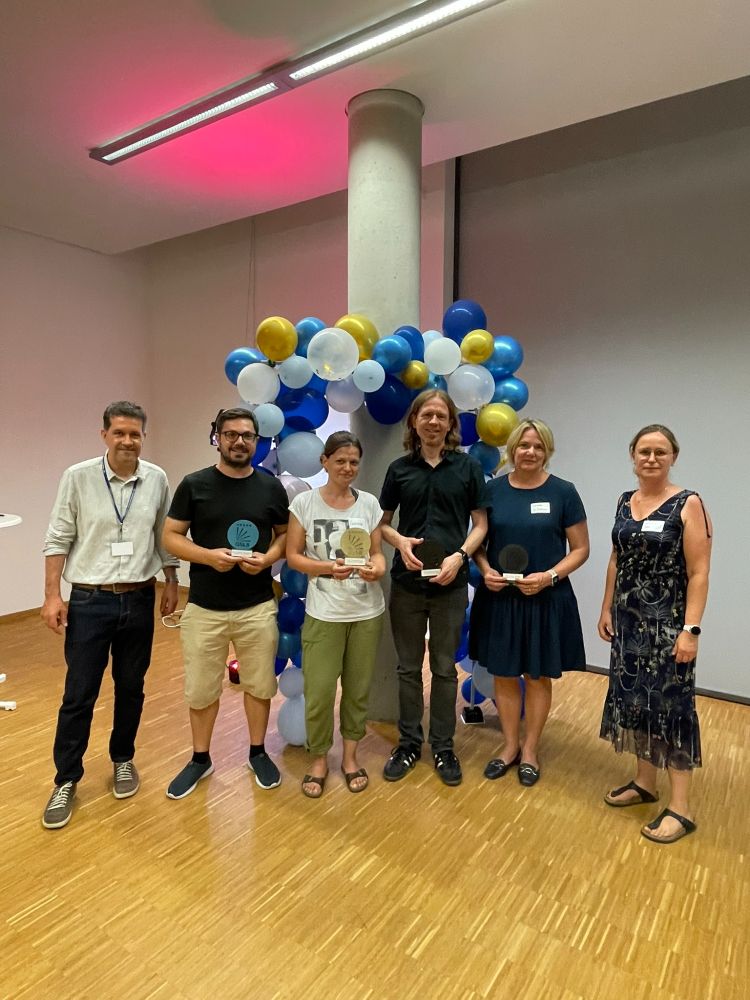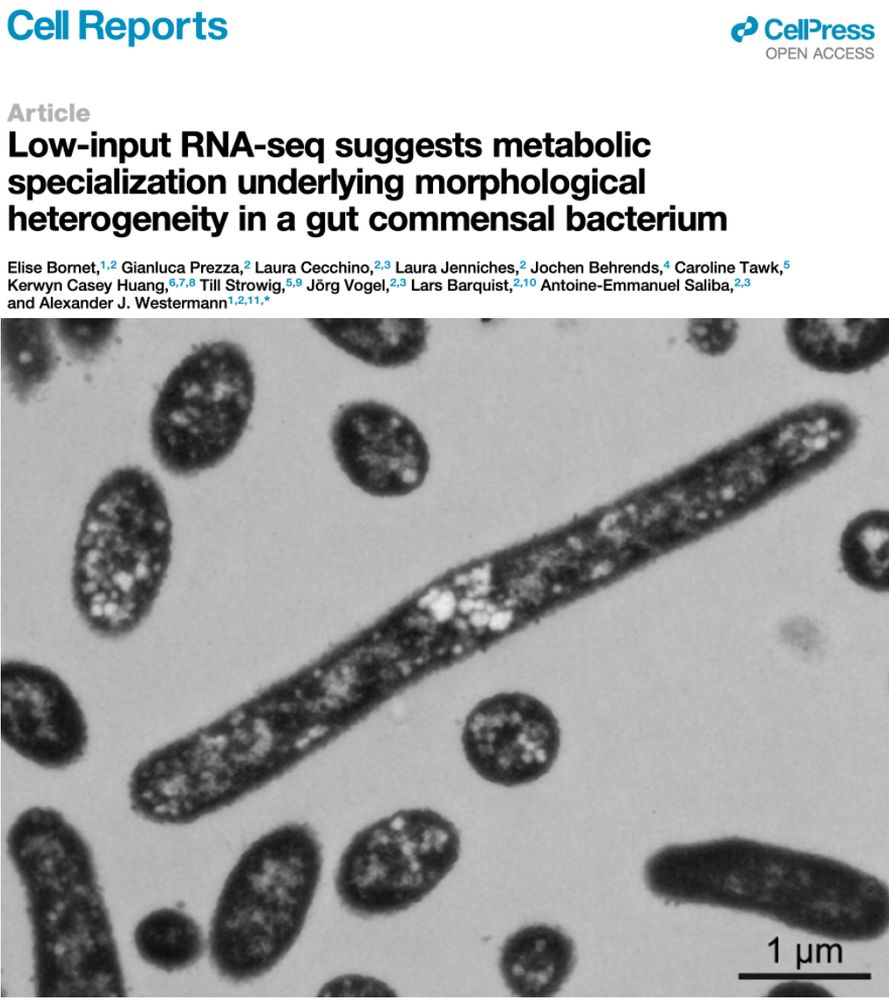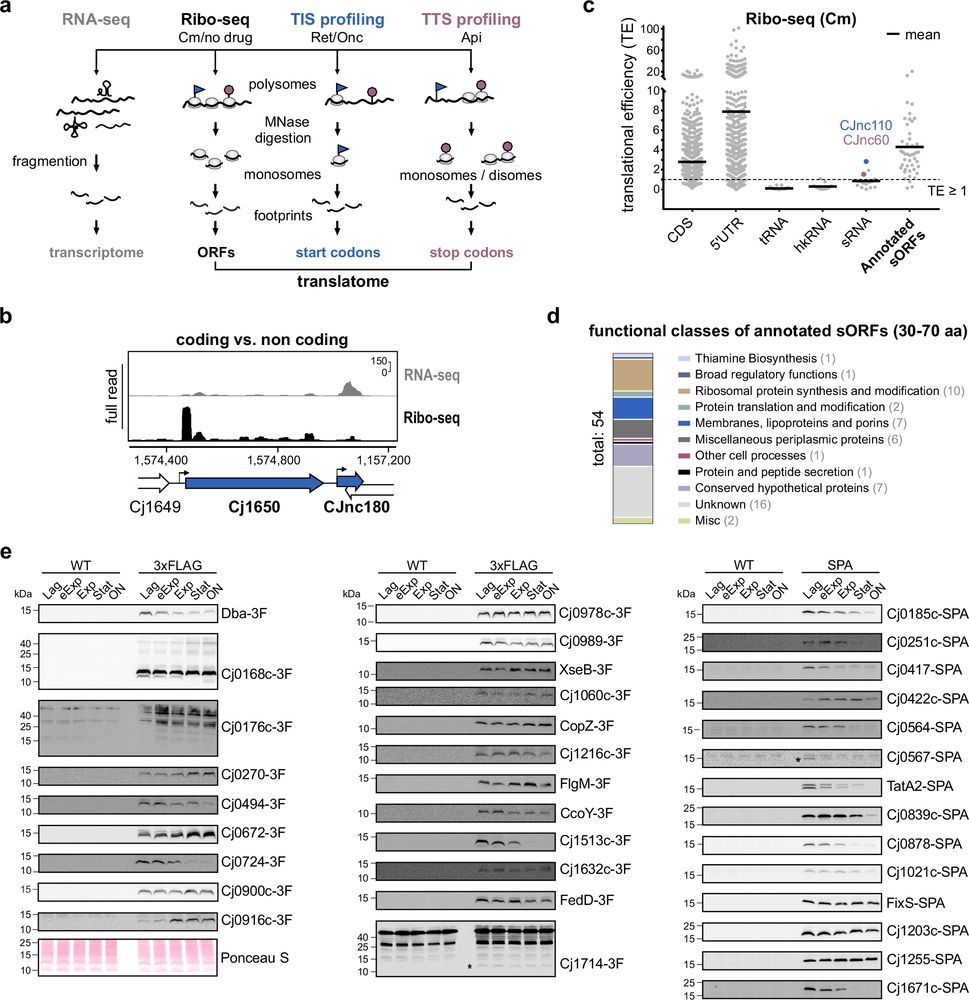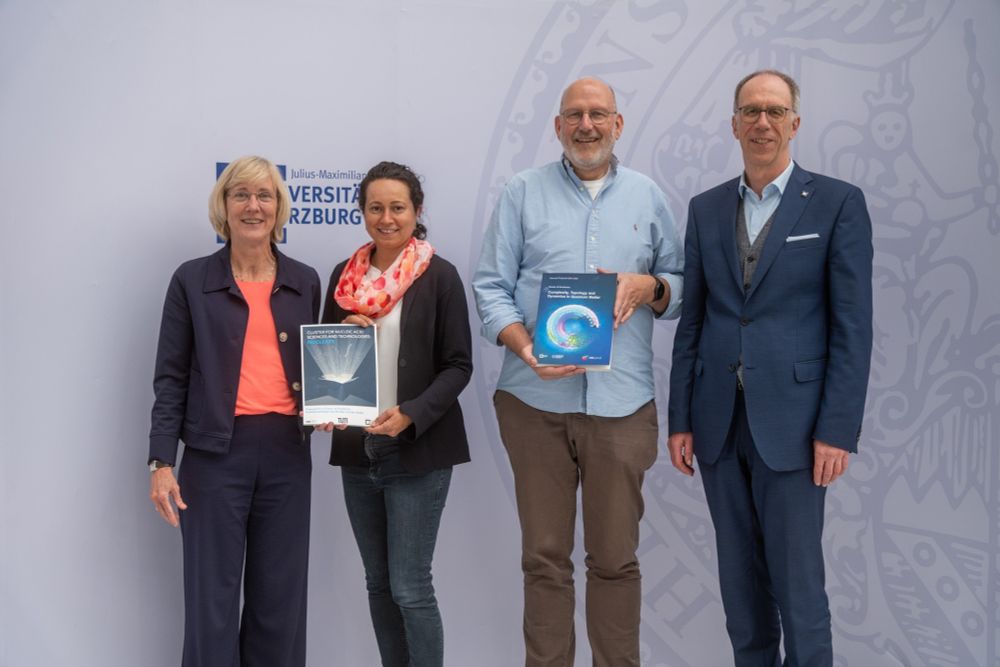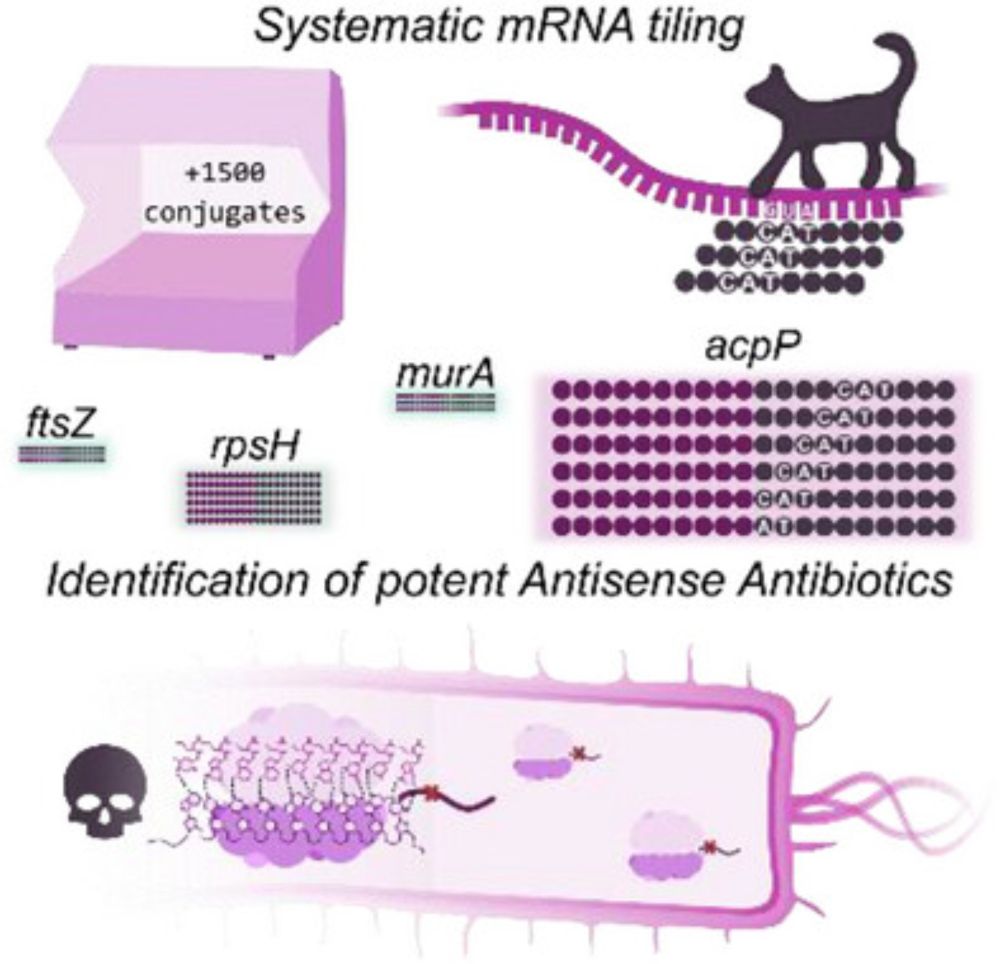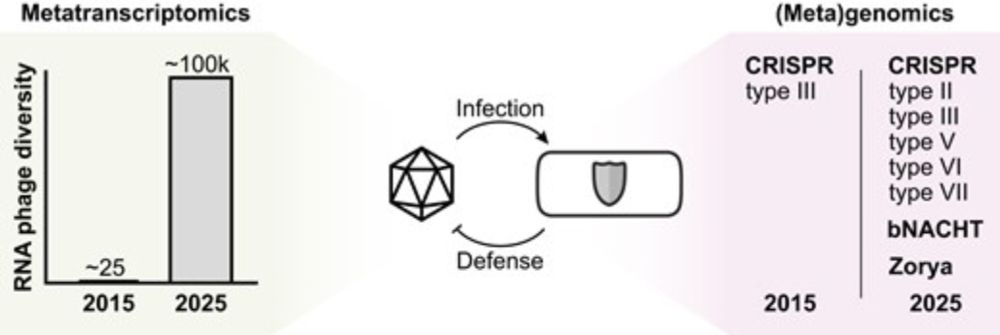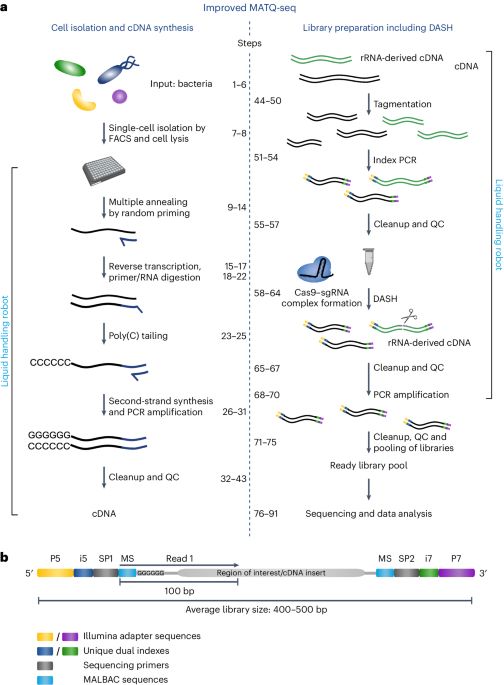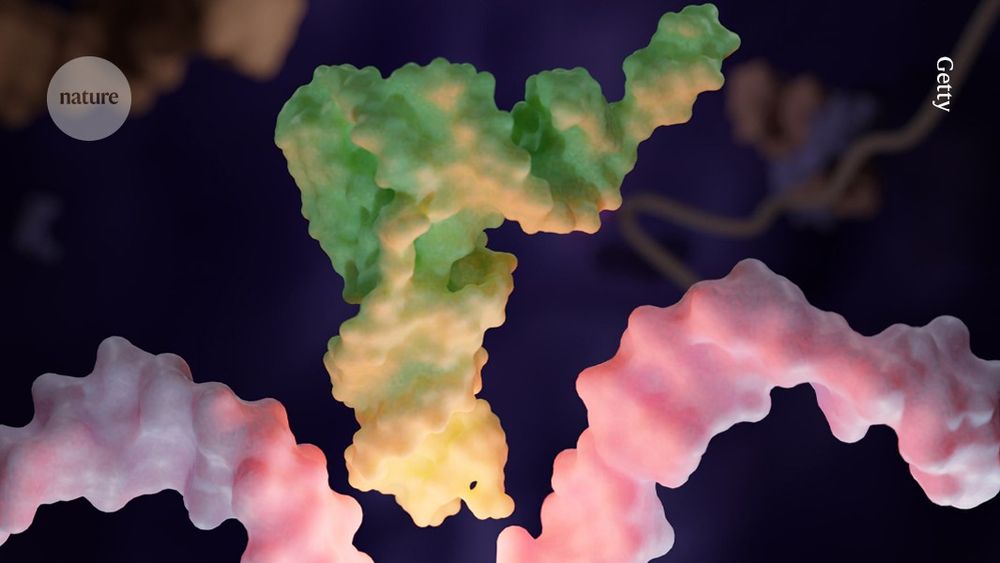Westermann Lab
@westermannlab.bsky.social
200 followers
150 following
10 posts
Microbiota RNA Lab at the University of Würzburg and the Helmholtz Institute for RNA-based Infection Research.
https://www.helmholtz-hiri.de/en/research/associated-scientists-alumni/teams/team/host-pathogen-microbiota-interactions/
Posts
Media
Videos
Starter Packs
Reposted by Westermann Lab
Reposted by Westermann Lab
Reposted by Westermann Lab
Andreas Bäumler
@abaumler.bsky.social
· Aug 9
Pedro Escoll
@pescoll.bsky.social
· May 16
Westermann Lab
@westermannlab.bsky.social
· Aug 17

Ablation of polysaccharide breakdown in Bacteroides thetaiotaomicron prevents cross-feeding and growth of Salmonella Typhimurium in the mouse gut
Pathogens invading the intestine compete for nutrients with the resident microbiota. However, there is evidence that commensal members of the gut also provide nutritional resources to enteropathogens ...
doi.org
Reposted by Westermann Lab
James Connolly
@ruamicro.bsky.social
· Jul 30
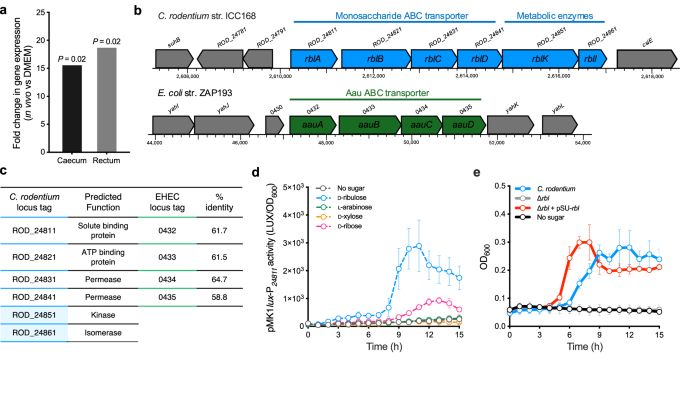
Convergent evolution of distinct D-ribulose utilisation pathways in attaching and effacing pathogens - Nature Communications
Cottam et al. identify distinct pathways for D-ribulose utilisation in pathogenic Escherichia coli and Citrobacter rodentium, providing mechanistic details and suggesting convergent evolution towards ...
www.nature.com
Reposted by Westermann Lab
Reposted by Westermann Lab
Kröger Lab
@kroegerlab.bsky.social
· Jul 21
Reposted by Westermann Lab
Westermann Lab
@westermannlab.bsky.social
· Jun 17
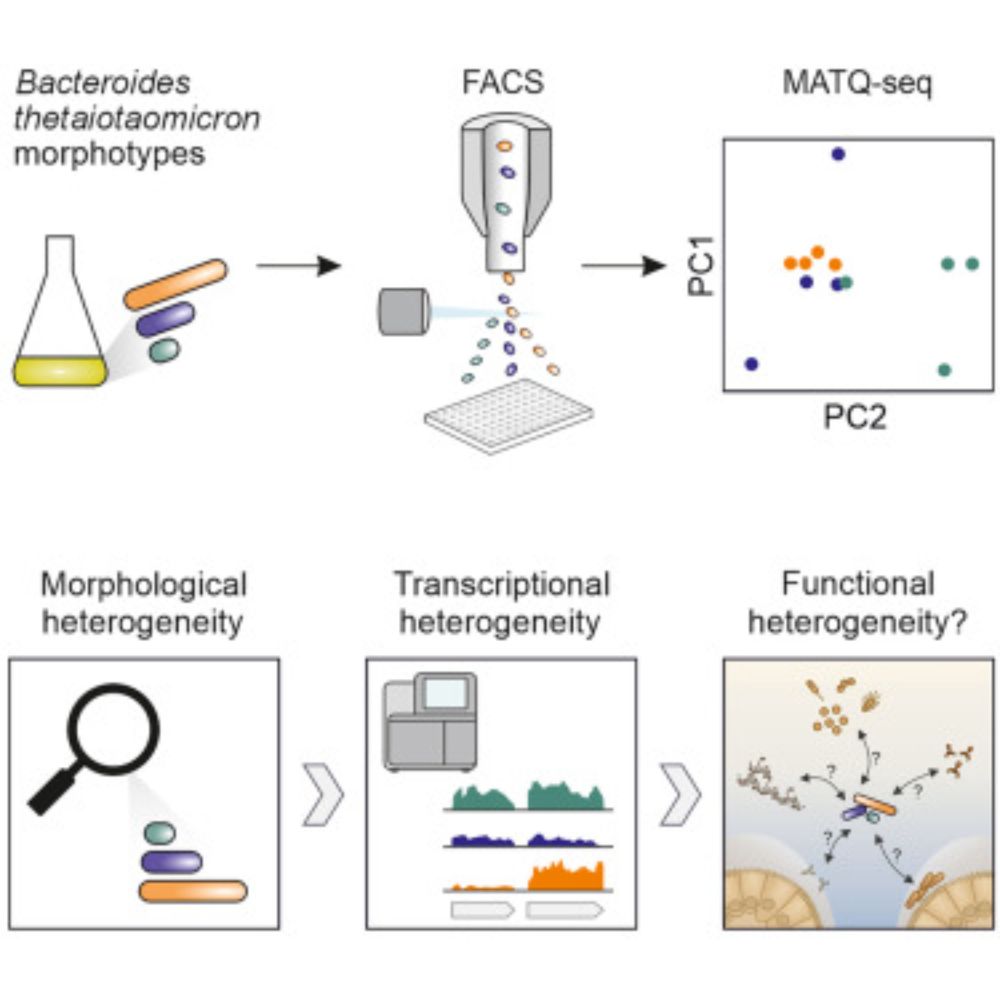
Low-input RNA-seq suggests metabolic specialization underlying morphological heterogeneity in a gut commensal bacterium
Bornet et al. investigate the morphological heterogeneity of Bacteroides thetaiotaomicron
cells observed both in laboratory culture and inside the mammalian GI tract. The authors
show that cell size i...
www.cell.com
Reposted by Westermann Lab
Lars Barquist
@lbarquist.bsky.social
· Jun 12
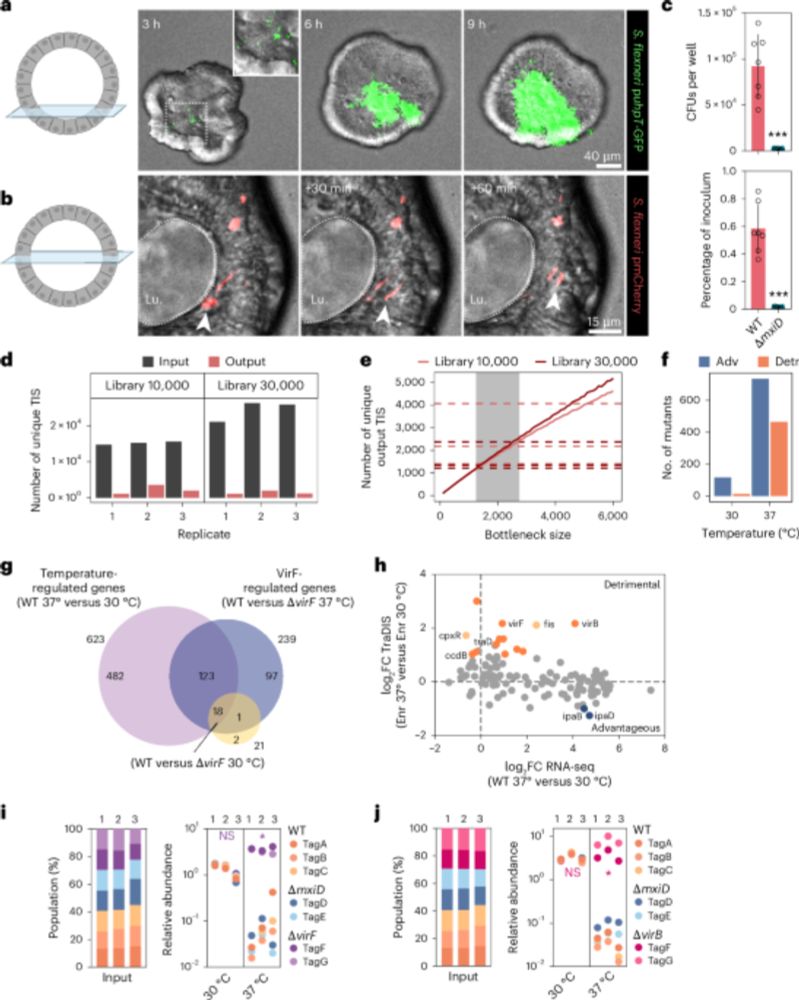
A scalable gut epithelial organoid model reveals the genome-wide colonization landscape of a human-adapted pathogen - Nature Genetics
A genome-wide screen using human gut epithelial organoids combined with transposon-directed insertion sequencing identifies over 100 Shigella flexneri genes required for epithelial colonization.
www.nature.com
Reposted by Westermann Lab
Reposted by Westermann Lab
Thomas Clavel
@tclavel.bsky.social
· Apr 29
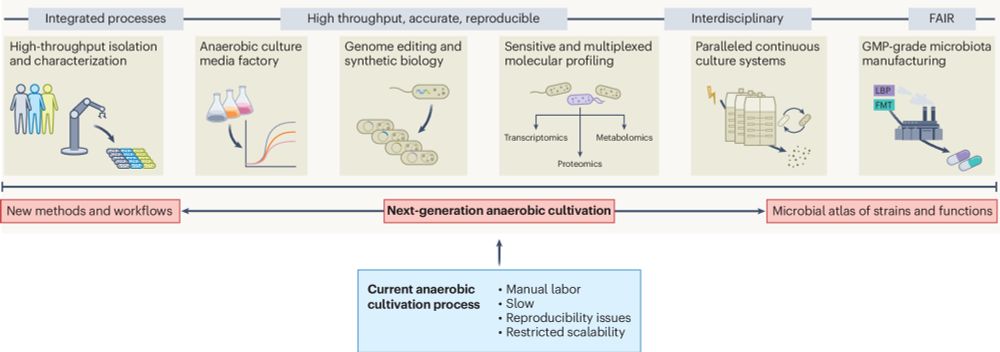
Enabling next-generation anaerobic cultivation through biotechnology to advance functional microbiome research
Nature Biotechnology - Overcoming key hurdles for the development of next-generation anaerobic cultivation methods could have major impacts on microbial community research and applications.
rdcu.be
Westermann Lab
@westermannlab.bsky.social
· Apr 10

Intramacrophage RIL-seq uncovers an RNA antagonist of the Salmonella virulence-associated small RNA PinT
Salmonella virulence chiefly relies upon two major pathogenicity islands, SPI-1 and SPI-2, which enable host cell invasion and intracellular survival, respectively. There has been increasing evidence ...
doi.org
